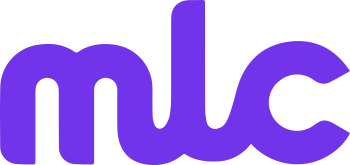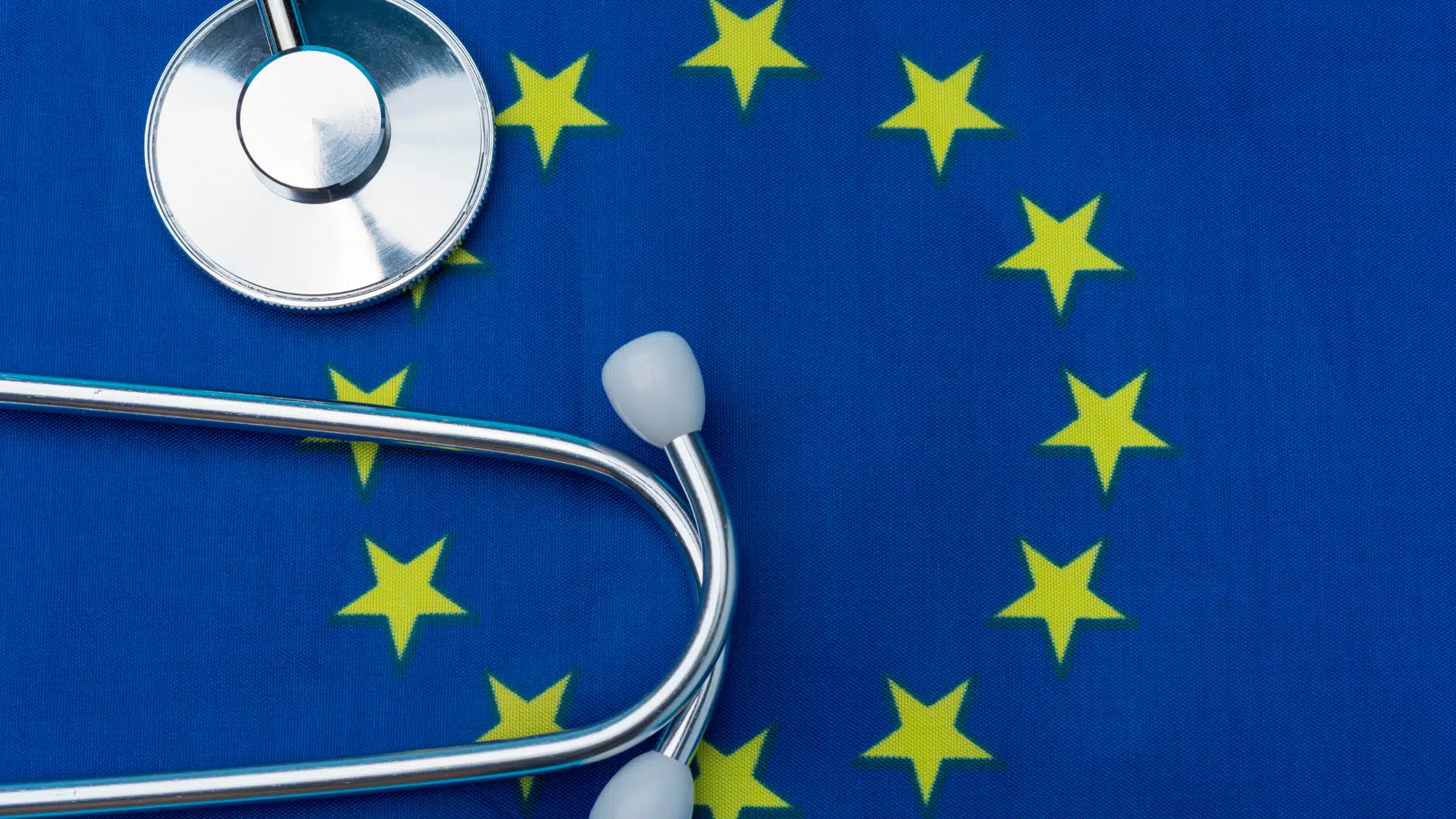Best Medical Translation Company for EU MDR Compliance: How to Choose the Right Partner
The European Union Medical Device Regulation (EU MDR) has fundamentally transformed the regulatory landscape for medical devices, introducing more stringent requirements for documentation, clinical evidence, and post-market surveillance. As manufacturers navigate these complex requirements, professional medical translation services have become essential for successful EU MDR compliance. This comprehensive guide explores how to identify the best medical translation company for EU MDR compliance and why choosing the right translation partner is critical for your regulatory success.
The Critical Role of Translation in EU MDR Compliance
The EU MDR (Regulation 2017/745) has significantly expanded translation requirements for medical device manufacturers. Understanding these requirements is essential for selecting the right translation partner:
Key EU MDR Translation Requirements
- Technical Documentation: Must be translated into an official EU language determined by each member state
- Instructions for Use (IFU): Required in the official language(s) of each EU member state where the device is marketed
- Labeling Information: Must be in local languages and follow specific formatting requirements
- Summary of Safety and Clinical Performance (SSCP): Required for class III and implantable devices in multiple languages
- Post-market Surveillance Documentation: Must be available in required languages
- Vigilance Reporting: Adverse event reporting in appropriate languages
Non-compliance with these EU MDR translation requirements can result in delayed CE marking, regulatory penalties, or even forced withdrawal of products from European markets, making the selection of a qualified medical translation company critical for business success.
Essential Criteria for Selecting the Best Medical Translation Company for EU MDR
1. Specialised EU MDR Knowledge and Experience
The best medical translation company for EU MDR compliance must demonstrate comprehensive knowledge of the regulation itself. When evaluating potential translation partners, assess their expertise in:
- Specific EU MDR Language Requirements: Understanding which documents require translation for different device classifications
- Annex I Requirements: Knowledge of the specific labeling and IFU translation requirements
- SSCP Translation Specifications: Familiarity with MDCG 2019-9 guidance on SSCP content and format
- UDI Translation Considerations: Understanding the unique needs of Unique Device Identification elements
- Post-market Documentation Requirements: Experience with translation of PMS and PMCF reports
Look for translation providers who can demonstrate their EU MDR expertise through case studies, testimonials from medical device manufacturers, and participation in regulatory forums or training.
2. Medical Device and Technical Translation Expertise
EU MDR documentation contains highly complex medical and technical content that requires specialised translation expertise. The ideal medical translation company should offer:
- Medical Background Translators: Linguists with education in medicine, pharmacology, or biomedical engineering
- Device Category Experience: Subject matter experts familiar with your specific device types
- Clinical Investigation Knowledge: Experience with clinical evaluation reports and clinical investigations
- Quality System Understanding: Familiarity with quality management systems documentation
- Risk Management Expertise: Understanding of risk classification and risk management terminology
Request information about your potential translation partner’s translator qualifications, including their educational backgrounds, medical device industry experience, and continuing education in EU MDR requirements.
3. Proven Experience with European Notified Bodies
A top-tier medical translation company should have experience working with EU notified bodies and understanding their specific expectations. This includes:
- Documentation Familiarity: Knowledge of notified body expectations for different document types
- Technical Documentation Assessment: Experience supporting the technical documentation assessment process
- Common Deficiency Resolution: Understanding frequent translation-related deficiencies cited during reviews
- Notified Body Communication: Ability to address queries regarding translations during reviews
Ask potential translation partners about their experience with specific notified bodies relevant to your devices and their track record of supporting successful conformity assessments.
4. Comprehensive European Language Coverage
The EU has 24 official languages, and your translation partner must provide high-quality services across all languages relevant to your target markets. The best medical translation companies offer:
- Native Speakers: Translators who are native speakers of the target language with medical expertise
- Consistent Quality: Equivalent quality standards across both common and rare European languages
- Medical Specialists: Dedicated medical translators for each language pair
- Market Expansion Support: Capabilities for quick expansion into additional EU languages
Verify that your potential translation partner has sufficient resources in all languages required for your current and planned European markets.
5. EU MDR-Compliant Quality Assurance Systems
EU MDR compliance demands rigorous quality control in translation processes. Look for medical translation companies with:
- ISO 17100 Certification: The international standard for translation services
- ISO 13485 Certification: Demonstrating medical device quality management expertise
- Documented Translation Validation: Well-defined processes for validating translations
- Multi-stage Review Process: Including subject matter expert and linguistic reviews
- Translator Qualification Programs: Regular assessment and training of translators on MDR requirements
Request detailed information about the translation company’s quality management system, including their quality metrics and how they handle quality issues.
6. Advanced Translation Technology and Terminology Management
Effective terminology management is essential for consistent EU MDR translations. The best medical translation companies utilise:
- Translation Memory Systems: Ensuring consistency across regulatory documents
- Terminology Databases: Specific to medical devices and EU MDR terminology
- Automated Quality Checks: For verifying terminological consistency and compliance
- Efficient Update Processes: For managing changes when regulatory terminology evolves
Ask potential partners about their technology infrastructure and how they maintain terminology consistency across projects and over time.
7. Regulatory Updates and Continuous Learning Commitment
EU MDR implementation continues to evolve through guidance documents and interpretations. An ideal translation partner should:
- Monitor MDCG Guidance: Stay current with Medical Device Coordination Group guidance that impacts translation
- Participate in Industry Forums: Engage with regulatory discussions and working groups
- Provide Regulatory Updates: Keep clients informed of changing translation requirements
- Continuously Train Translators: Invest in ongoing education on EU MDR developments
Inquire about how the translation provider stays current with regulatory changes and how they communicate these updates to clients.
The Strategic Value of Specialised EU MDR Translation Services
Investing in specialised EU MDR translation services delivers significant business benefits beyond basic compliance:
Accelerated European Market Access
Expert translations minimise the risk of documentation deficiencies during notified body reviews, avoiding costly remediation cycles and accelerating time-to-market across Europe.
Coordinated Multi-Market Entry Strategy
A translation partner with comprehensive European language capabilities allows for coordinated market entry across multiple European countries without the complexity of managing multiple vendors.
Documentation Consistency and Quality
Specialised providers maintain consistency across your technical documentation, IFUs, labels, and post-market materials, creating a cohesive regulatory presentation that strengthens your compliance position.
Reduced Regulatory Risk Exposure
Translation expertise specific to EU MDR minimises the risk of non-compliance findings, potentially avoiding costly documentation remediation, market delays, or even product recalls related to labelling issues.
Long-Term Regulatory Partnership Value
As your device portfolio expands, an established translation partner familiar with your products and quality system can deliver increasing efficiency, cost savings, and quality improvements.
Common Pitfalls to Avoid When Selecting an EU MDR Translation Partner
When selecting a medical translation company for EU MDR compliance, avoid these common mistakes:
Prioritisng Cost Over Compliance Capability
The lowest-cost provider often lacks specialised EU MDR expertise, potentially leading to costly compliance issues, documentation deficiencies, and market delays.
Overlooking Post-Certification Translation Needs
EU MDR compliance continues after initial CE marking. Ensure your translation partner has experience with post-market surveillance documentation, vigilance reporting, and periodic safety update reports.
Neglecting Technology Infrastructure Evaluation
Translation providers without robust technology infrastructure may struggle with consistency and version control across complex documentation sets, creating compliance risks.
Failing to Verify Specific EU MDR Translation Experience
General medical translation experience is insufficient for EU MDR compliance; verify specific expertise with EU MDR requirements, including experience with SSCPs, PMS documentation, and notified body submissions.
Evaluating EU MDR Translation Partners: Essential Assessment Questions
When assessing potential translation partners for EU MDR compliance, ask these critical questions:
- What percentage of your business focuses specifically on EU MDR translation services?
- Can you provide examples of EU MDR technical documentation translations you’ve completed?
- What percentage of your translators have medical or scientific backgrounds? How are they trained on EU MDR requirements?
- Which EU notified bodies have accepted your translations during conformity assessments?
- How do you manage terminology consistency across multiple documents and languages?
- What specific quality control processes do you use for EU MDR translations?
- How do you stay current with evolving EU MDR guidance and interpretations?
- What is your approach to translating SSCPs and ensuring they remain updated?
- Can you provide client testimonials specific to EU MDR translation projects?
- How do you support clients during notified body reviews of translated documentation?
Key Takeaways for Medical Device Manufacturers
- The EU MDR has significantly increased translation requirements for medical device manufacturers
- The best medical translation company for EU MDR combines regulatory expertise, medical knowledge, and linguistic excellence
- Quality assurance systems and technology infrastructure are essential for consistent compliance
- Experience with notified bodies and regulatory processes streamlines market access
- Specialised EU MDR translation services reduce compliance risks and support efficient European market entry
Selecting the right medical translation company for EU MDR compliance is a critical business decision that directly impacts regulatory success, time-to-market, and ultimately, patient access to your medical devices across Europe.
By prioritising specialised EU MDR expertise over generic translation capabilities, manufacturers can navigate the complex European regulatory landscape more effectively and build a sustainable foundation for long-term European market success.

